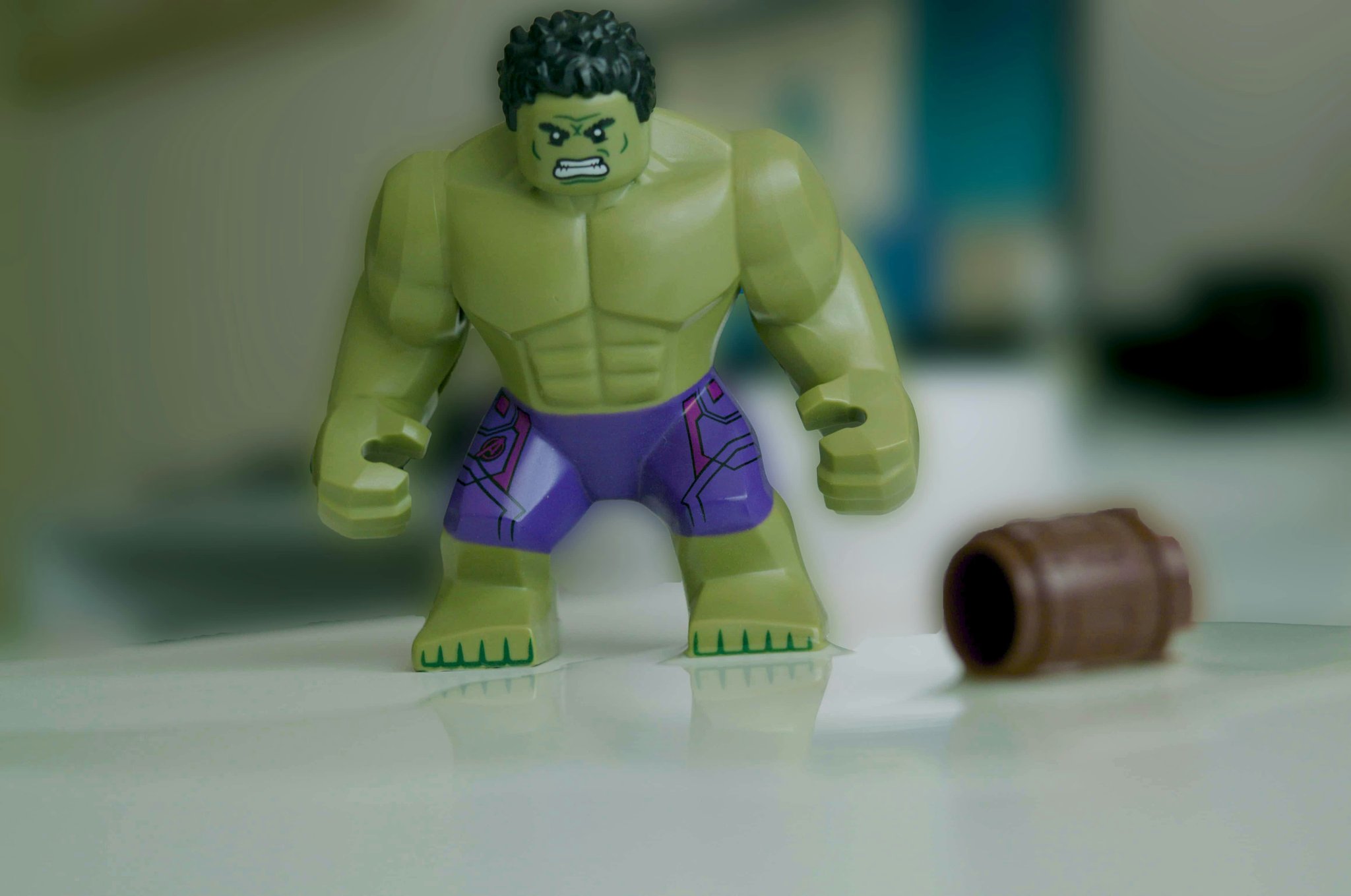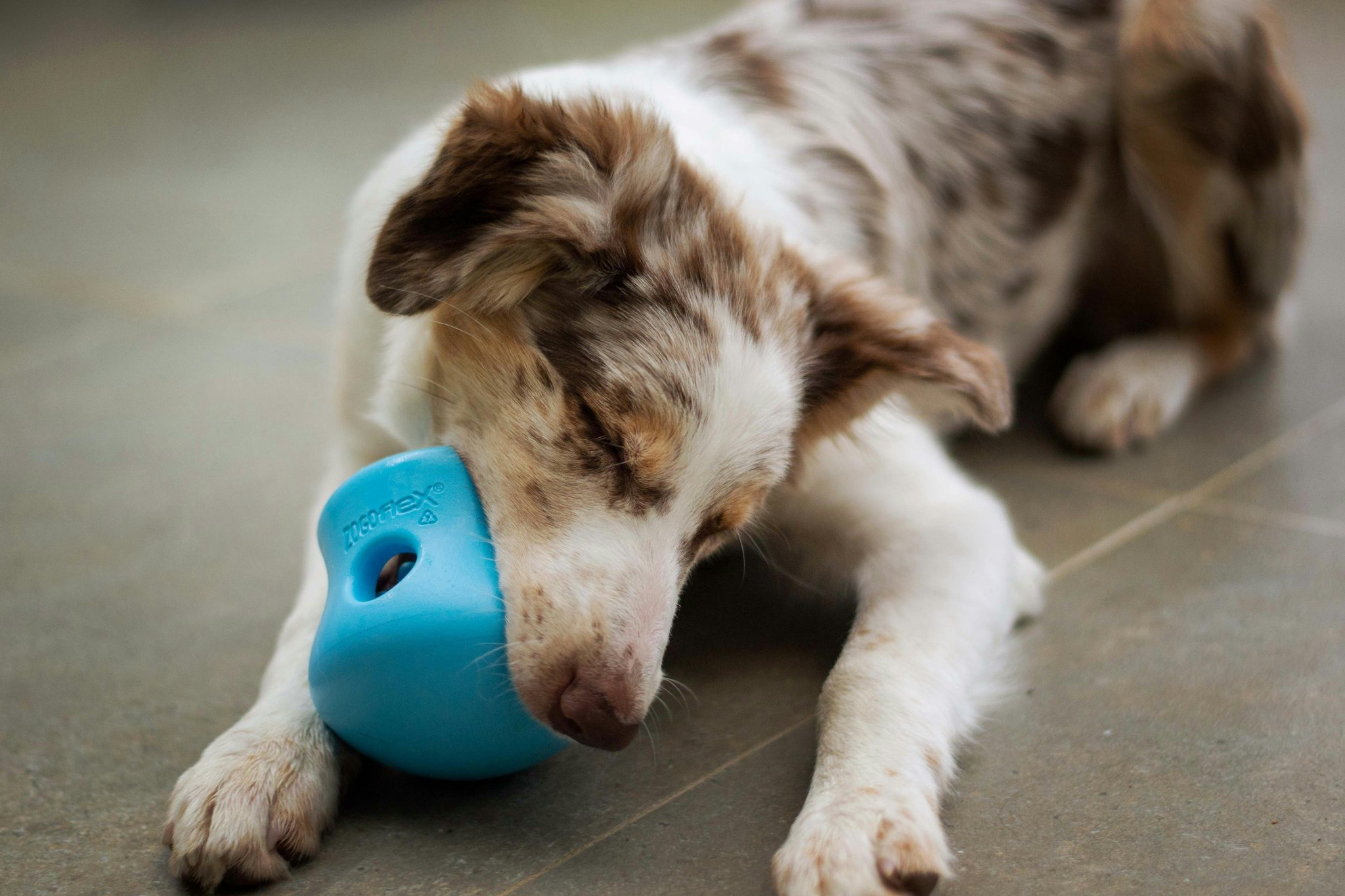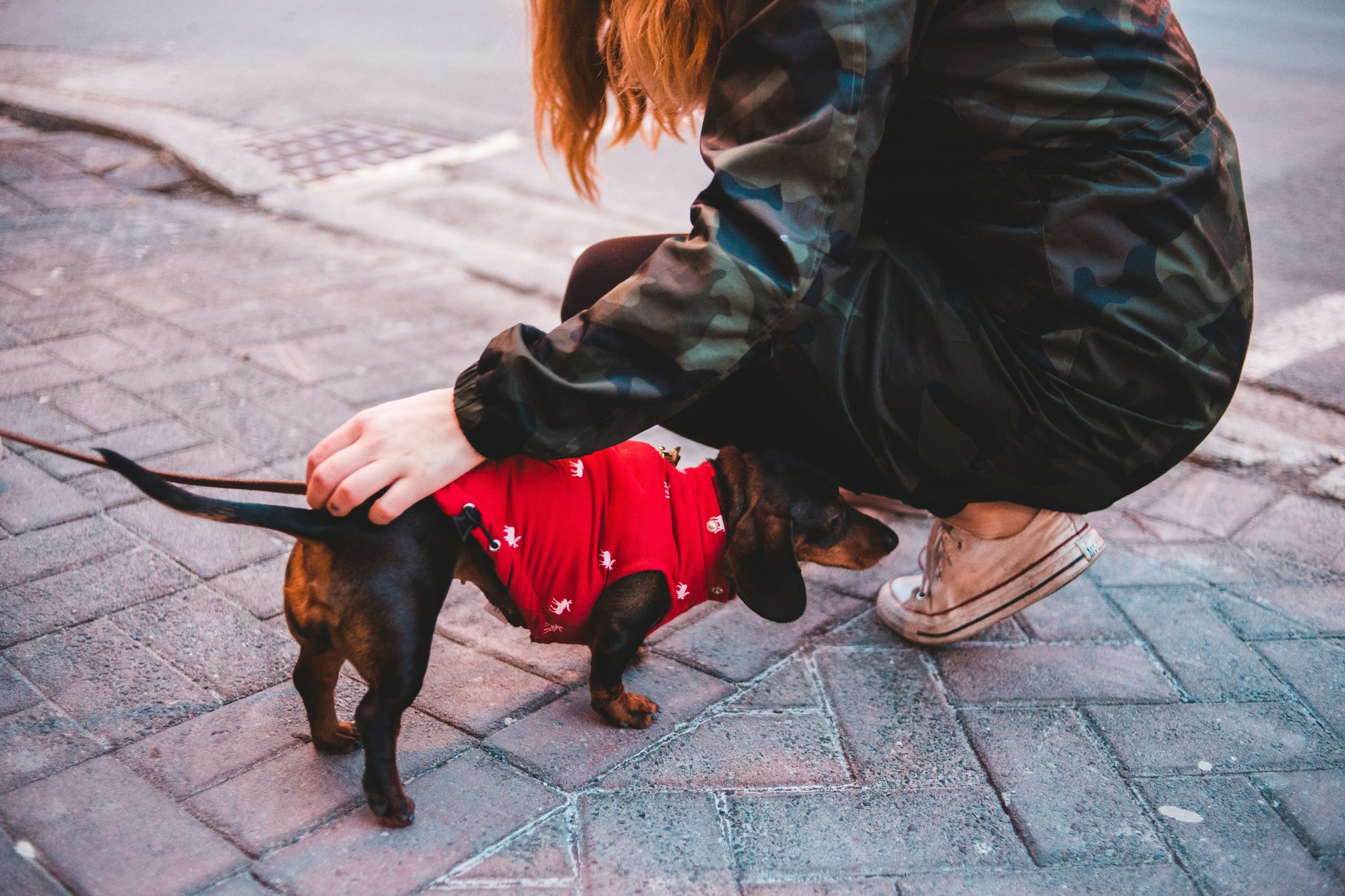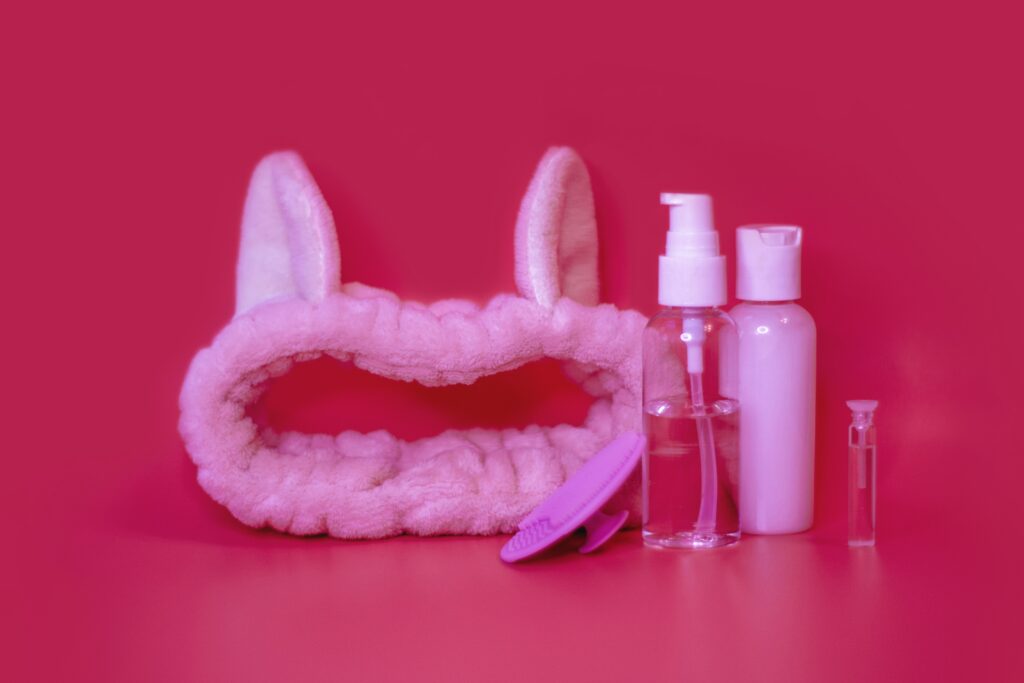Ever wondered why your dog’s dental toy still smells like yesterday’s questionable decisions? Yeah, us too. As pet parents, we’re constantly on the hunt for safe and effective ways to keep our four-legged companions happy and healthy. But here’s the kicker: not all coatings on those chewable goodies are created equal.
In this post, you’ll discover how Pet-Safe Coatings make dental toys safer, longer-lasting, and gentler on your pet’s gums—and which ones you should absolutely avoid (hint: if it smells toxic, it probably is). By the end of this article, you’ll be armed with actionable tips, real-world examples, and honest advice about what works—and what doesn’t.
Table of Contents
- Why Do Pet-Safe Coatings Matter?
- Step-by-Step Guide to Choosing Safe Dental Toys
- Best Practices for Maintaining Pet-Safe Gear
- Real Examples from Happy Pet Parents
- Frequently Asked Questions About Pet-Safe Coatings
Key Takeaways
- Pet-safe coatings reduce harmful chemicals that can irritate your pet’s mouth.
- Natural materials like food-grade silicone and organic compounds are ideal options.
- Regularly inspecting toys ensures they stay safe and functional over time.
- Avoid cheap, heavily scented products—they often contain questionable ingredients.
Why Do Pet-Safe Coatings Matter?
Let me tell you a story. My golden retriever once gnawed through a brightly colored chew toy that had a “mystery” scent—I thought it was strawberry but soon realized my mistake when she started drooling uncontrollably. Turns out, the coating was loaded with artificial additives that nearly led to an emergency vet visit. Spoiler alert: Not all coatings are as harmless as they claim.
That’s where pet-safe coatings come in. According to recent studies, nearly 70% of pet owners don’t know whether their dogs’ toys have been treated with potentially hazardous substances. Yikes. These coatings matter because:
- They prevent exposure to toxic elements such as BPA, phthalates, and heavy metals.
- They enhance durability while remaining gentle on gums and teeth.
- They promote better oral hygiene by reducing bacteria buildup during playtime.

Optimist You: “These coatings sound amazing—I’m ready to start shopping!”
Grumpy You: “Hold up. Just because it says ‘safe,’ doesn’t mean it actually is.”
Step-by-Step Guide to Choosing Safe Dental Toys
Choosing the right dental toy coated with pet-safe materials isn’t rocket science—but it *is* essential. Here’s your foolproof roadmap:
1. Look for Certifications
- Check for labels like FDA-approved or third-party certifications from organizations like OEKO-TEX® Standard 100.
- If it lacks verifiable info, skip it altogether—it’s just not worth the risk.
2. Prioritize Natural Ingredients
- Materials like natural rubber, non-toxic paints, and plant-based waxes are stellar choices.
- For example, one popular brand uses aloe vera-based coatings to soothe gums while cleaning teeth.
3. Test Durability Before Buying
- Does the toy feel flimsy? Does it tear easily when squeezed? If so, move along.
- Spend a bit more upfront for quality items that won’t degrade into a choking hazard later.

Best Practices for Maintaining Pet-Safe Gear
Even the best-coated toys need TLC to last long-term. Follow these pro tips:
- Clean regularly using mild soap and water—never harsh chemicals!
- Inspect toys every week for signs of wear and tear.
- Rotate toys weekly to prevent boredom and ensure even usage.
Real Examples from Happy Pet Parents
Tina M., a proud Labrador owner, noticed her pup’s bad breath improved significantly after switching to a line of toys featuring bio-safe coatings made from hemp oil. Another parent shared how investing in higher-quality, certified toys reduced her cat’s gum sensitivity issues within weeks.

Frequently Asked Questions About Pet-Safe Coatings
Are all pet-safe coatings eco-friendly?
Not necessarily. While many are biodegradable or recyclable, always double-check product packaging for specific environmental claims.
Can I DIY pet-safe coatings at home?
Weird flex, but okay—yes, some DIY solutions exist. Mix beeswax with coconut oil for a simple, natural option; however, buying pre-certified toys tends to be safer.
Do expensive toys guarantee safety?
Nope. Price ≠ value. Always prioritize ingredient transparency over flashy branding.
Conclusion
Honestly, finding reliable Pet-Safe Coatings shouldn’t require a Ph.D. in chemistry. Stick to certified, durable, and naturally sourced options, and both you and your furry friend will thrive. Now go upgrade those chew toys—your wallet (and peace of mind) will thank you.
Like a Tamagotchi, your SEO needs daily care;
Nurture well, watch growth appear;
Pet-safe coatings—we’re cheering here.


